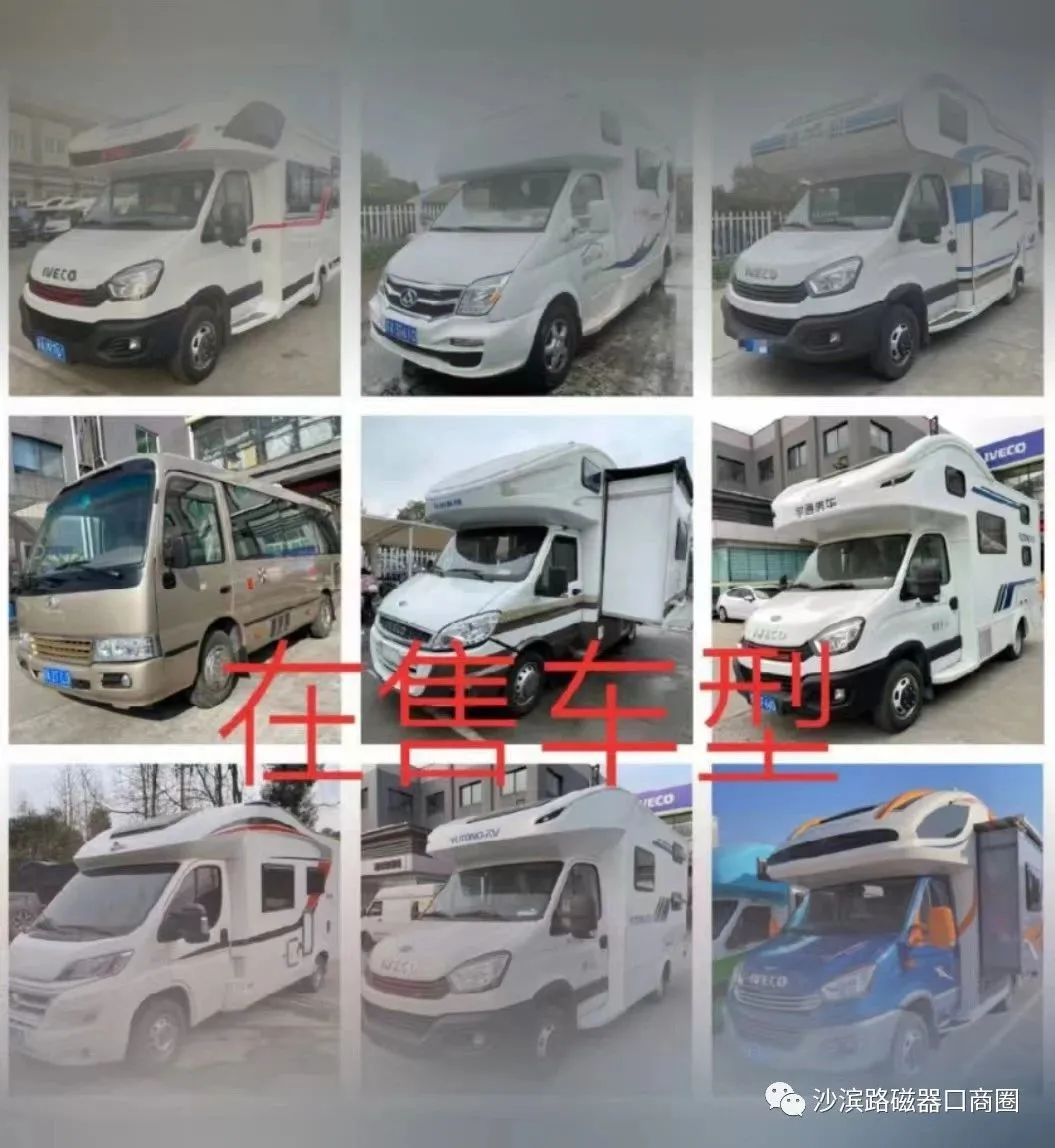
 |
光伏板.房车爱好者 家园 fangche8.com-光伏.储能.房车商圈 |
| 房车欣赏2023 | 22年国六旌航福特小额头,V362底盘 | 房车,全国收售房车,价格合理定金秒到 |
| 最新到店22年依维柯大额头,漂亮 | 依维柯侧拓展房车国六排放标准 | 房车欣赏202212 |
| 50-580W光伏组件定制,100张起, 接受全国全球的客户朋友们订制,联系技术顾问V号603660703,承接全球光伏板定做。 | ||
30多款二手房车,依维柯,大通,福特,宇通,旌航,一线品牌!!
看车地址江苏。 一线厂家!!价格便宜!!性价比极高!! 一车在手,地球村随时走。 更多微信:603660703   光伏.储能.房车商圈 光伏板,房车,矿机,养生茶叶,全国/全球批发。 中药保健养生茶2023欣赏,安神茶,补肾茶,养肝护肝茶,气血茶,祛湿茶,润喉茶,美白茶,瘦身茶,养生茶。 (散装茶叶图片点链接查看, https://mp.weixin.qq.com/s/2BbC-EPzjoyt9IzlEjHB0w养生茶叶,光伏板,矿机, 东南亚,俄罗斯,伊朗,欧美等批发各种养生茶叶,光伏板,BTC/LTC等矿机。(603660703)。 诸恶莫作,众善奉行,诚心忏悔,吉祥如意,行善积德,灾去福来。 房车欣赏202212 more 沙滨路磁器口公众号上面查看 光伏.储能.房车商圈-更多光伏板,二手房车微信:603660703 全国收售房车,价格合理定金秒到!!! 光伏板.房车爱好者 fangche8.com @ from 2015---2026+ |
| 壁纸厂bizhichang.com | 墙布厂 | 壁画厂bihuachang | 光伏板 | 地毯厂ditanchang.com |
| 高端奉节橙子 | $E=$eaco地球链 | 收售二手房车 | 窗帘布艺 | 好网站导航 |
| 牛魔王磨具批发 | 散装养生茶 | 重庆办公室装修 | 上海装修 | 办公楼装修 |
| 地球村EAC公益 | 陈家公益 | 皮革软包厂 | 森林木墙纸地毯 | 墙纸墙布王wpk8.com |
| 广东光伏厂 | 上海光伏厂 | 重庆光伏厂 | 四川光伏厂 | 工商业厂房光伏 |
自立,勤俭,读书,行善。言宜慢,心宜善。诸恶莫作,众善奉行,诚心忏悔,吉祥如意,行善积德,灾去福来。重庆房车Q群131239870 光伏.储能.房车商圈-光伏板.房车爱好者 家园 fangche8.com |